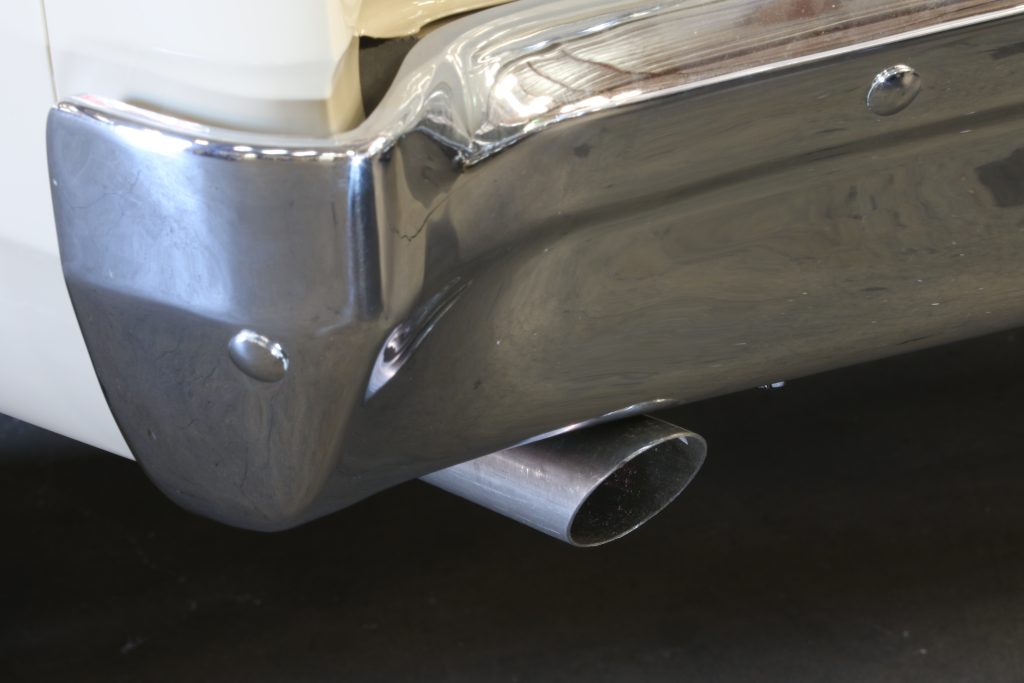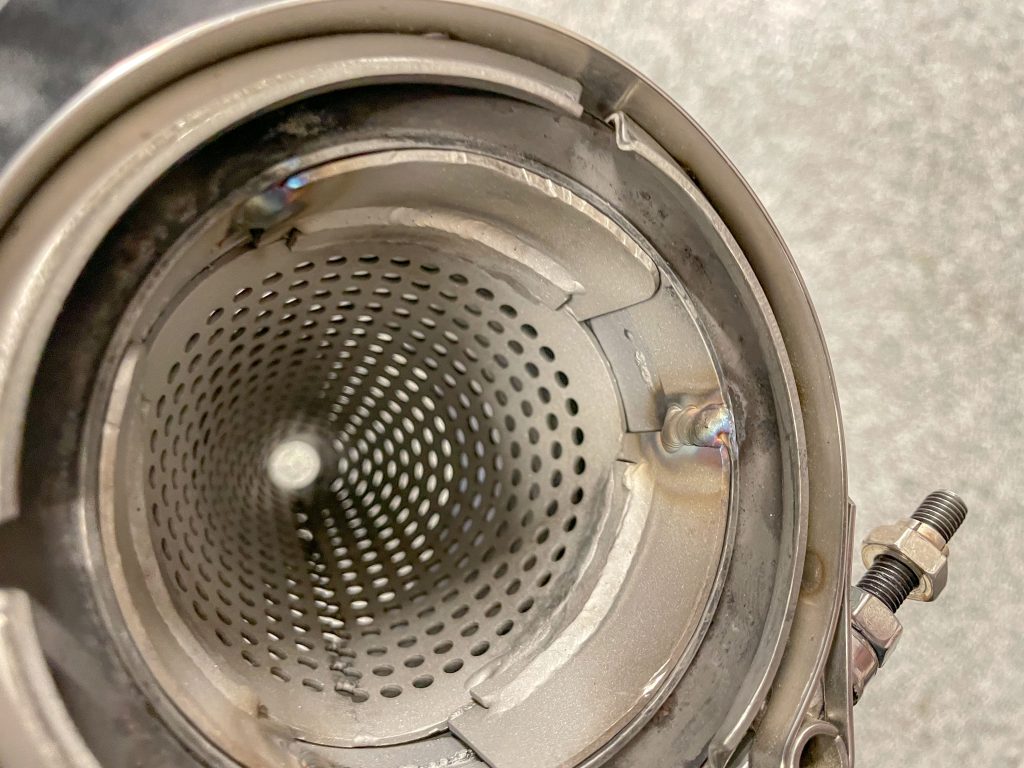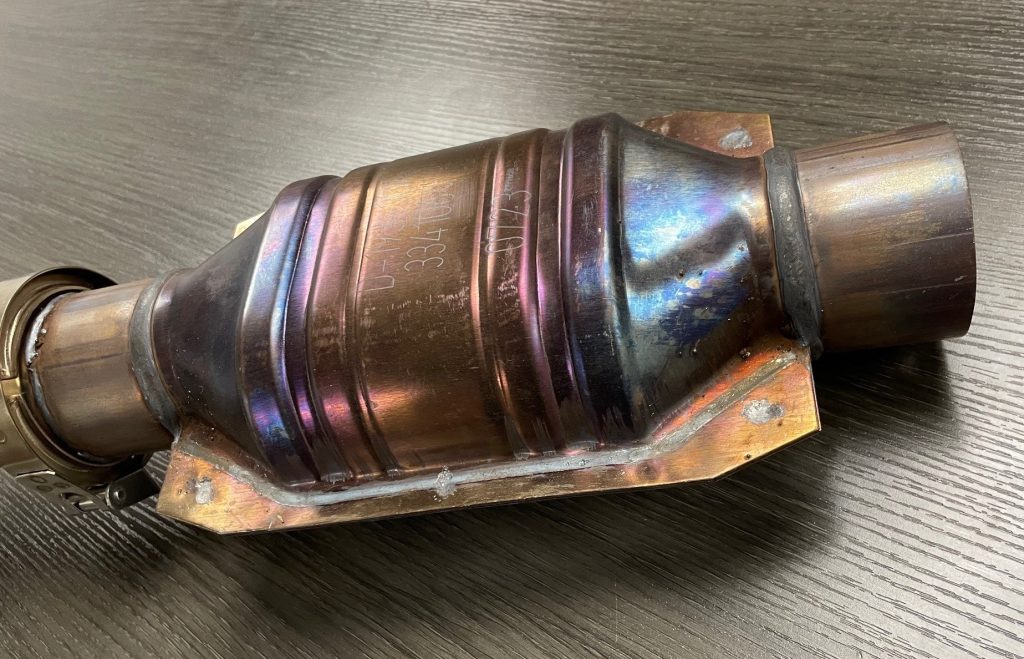Finding the “best” exhaust system for your ride is subjective and depends a lot on what you’re driving and what you want it to do.
Different vehicles have varying engine sizes, power outputs, and design characteristics, each of which can impact the type of exhaust system that makes the most sense—whether you’ve got a daily driver or dedicated drag strip car.
The vast amount of exhaust systems on the market can make choosing one seem overwhelming, but you can narrow down your best exhaust system options by considering a few important factors.
Powerful Performance
At the end of the day, your vehicle’s exhaust system serves a very practical purpose—carrying away harmful gases created through the process of engine combustion—but that’s way less fun to think about than potential performance gains and achieving the perfect exhaust note.
Choosing an exhaust system for your car or truck is a great way to fine tune power, exhaust flow, and sound quality, but which of these is most important to you?

Let’s say you like the idea of a more aggressive exhaust sound but your primary goal is power gains. Upgrading your stock exhaust system to an aftermarket header-back or cat-back system with larger pipes and less restrictive mandrel bends can yield more horsepower and torque by reducing backpressure and allowing your engine to expel gasses more efficiently.
There are a variety of configurations to choose from:
- Single Exhaust – Generally less expensive and lighter weight than their dual exhaust counterparts, single exhaust systems can offer enhanced performance. These are a great choice for vehicles with inline, non-turbo engines, which generally won’t benefit from a dual exhaust setup.
- Dual Exhaust – Featuring two separate pipes that run from the headers to the exhaust tips, true dual exhaust systems are most often found on vehicles with a 6-cylinder engine or larger. They increase engine power and efficiency by offering high-flow performance for each bank of engine cylinders.
- Dual Crossover Exhaust – While true dual exhaust systems offer better exhaust flow, backpressure can remain uneven. Using a dual exhaust with an H-pipe or X-pipe can even out this pressure, with X-pipes offering the least power loss and H-pipes a higher amount of low-end torque.
When upgrading your exhaust, it’s important to remember that pipes that are too wide for the exhaust velocity can reduce torque, making your vehicle feel sluggish even if it’s creating more power. It’s important to make sure the size of your exhaust tubing makes sense relative to the engine’s power output.
Click here to learn more about selecting the right exhaust pipe diameter, and you may appreciate these articles too:
Powerful Sound
A pleasing exhaust tone doesn’t necessarily mean better performance, but sometimes that’s all you need. If your primary motivation for upgrading your exhaust is to give your ride a throatier growl, it may be worth your while to save time and money with an axle-back exhaust system.
An axle-back exhaust system includes all the components from the rear axle to exhaust tip(s). While typically delivering smaller power and performance gains over a stock exhaust, it’s generally cheaper and simpler to install than comparable cat-back or header-back systems and still results in an aggressive exhaust note.

Model Year Matters
One of the biggest factors when choosing an exhaust system is the age of the vehicle you’re installing it on. More specifically, it’s about whether the vehicle came with a factory-installed catalytic converter.
Early-model vehicles built before 1975—the year when catalytic converters became mandatory—allow for a bit more flexibility in terms of exhaust configuration. For those looking to complete an extensive exhaust overhaul, header-back systems are the most common choice here, allowing you to replace everything from the header collector flange to the tailpipes.

One thing to keep in mind is that these systems are designed to bolt to a specific header type, so it’s important to choose the right style. In some cases, it may be easier (and cheaper) to opt for a crossmember-back system instead and pair it with customized intermediate pipes.
Late-model vehicles on the other hand usually must be equipped with a functional catalytic converter to be legally compliant, making cat-back exhaust systems the most popular choice for these vehicles. Most catalytic converters have flanged ends that allow you to unbolt the stock exhaust system and bolt on a replacement one.
Cost vs. Durability
Finally, it’s important to consider the materials used in making the exhaust system. This can greatly impact its durability, weight, cost, and resistance to heat and corrosion. The most common options include mild steel, aluminized steel, stainless steel, and titanium, each of which offers unique benefits and trade-offs.

- Mild Steel – One of the most economical materials for exhaust systems, this is often used on factory-installed components. It’s easy to work with, but it has a shorter lifespan than other materials due to a lack of resistance to corrosion.
- Aluminized Steel – Featuring a steel core coated with an aluminum alloy that protects against rust and heat, aluminized steel offers improved corrosion resistance. It’s not as durable as stainless steel, but it provides a good balance between cost and performance.
- Stainless Steel – This high-performance exhaust material is prized for offering excellent corrosion resistance and improved longevity compared to cheaper options. Not to mention, it just looks good.
- Titanium – Often used in motorsports and other high-performance applications, titanium makes for an incredibly durable exhaust system that saves a lot of weight compared with stainless steel. It also can withstand incredibly high temperatures and offers great corrosion resistance. The biggest drawback, other than a higher price tag, is that it can be a difficult material to work with.
You can get way more in-depth on this topic here: A Guide to Picking the Best Exhaust System Material: Mild Steel vs. Aluminized Steel vs. 304 & 409 Stainless
***
Performance exhaust technology is a complex, nuanced topic—so we’ve put together some more articles on related subjects to help you out. If you really want to go down the rabbit hole of exhaust system performance, give these posts a read too:
- Will These Exhaust Headers Fit my Vehicle?
- A Beginner’s Guide to Aftermarket Exhaust Systems
- How To Choose an Aftermarket Exhaust System
- An Introduction to Exhaust System Components
- How Does an Exhaust Pipe Affect Engine Performance?
- How Much Horsepower Does a Dual Exhaust Add?
- What is the Purpose of a Crossover Pipe on an Exhaust?
Expert Exhaust Tech Podcast
If you really want to get into the weeds on modern exhaust tech—and how you can still build excellent power in the modern emissions era—check out this podcast interview with Rich Waitas from MagnaFlow.
We spoke with him on a range of topics, and it’s packed with good insight if you’re piecing together a new performance exhaust system for your car, truck, or SUV.

Comments